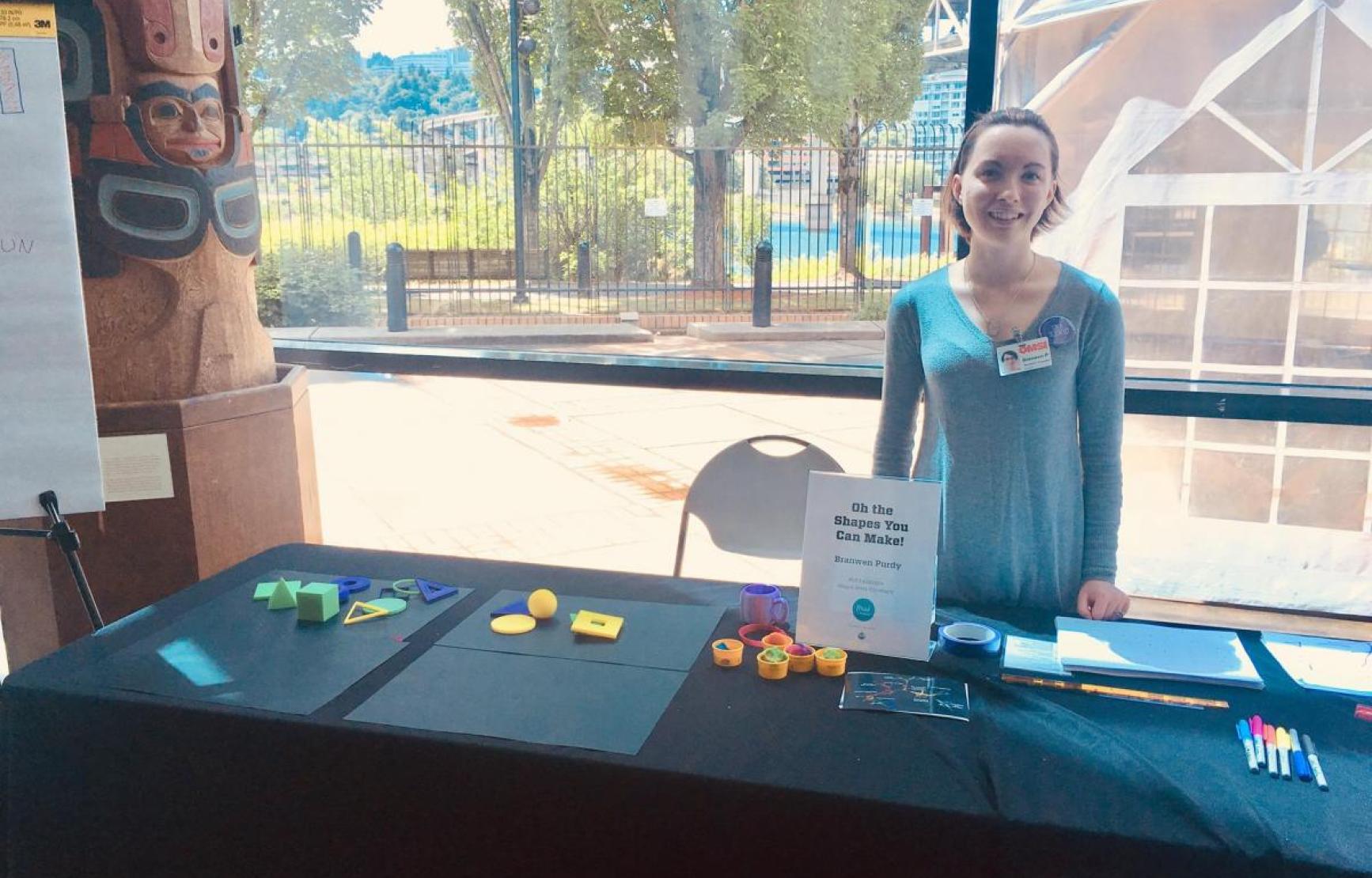Join us for these events hosted by the Department of Mathematics, including colloquia, seminars, graduate student defenses and outreach, or of interest to Mathematicians hosted by other groups on campus.
NO seminar today: attend CASCADE RAIN on April 27 instead
Speaker: N/A
All are invited to attend CASCADE RAIN meeting hosted on April 27 by Portland State University. Information and (free) registration link are at https://sites.google.com/pdx.edu/rain2024OSU SIAM student chapter is organizing carpool: please contact the president Tyler Fara if interested. Read more.
